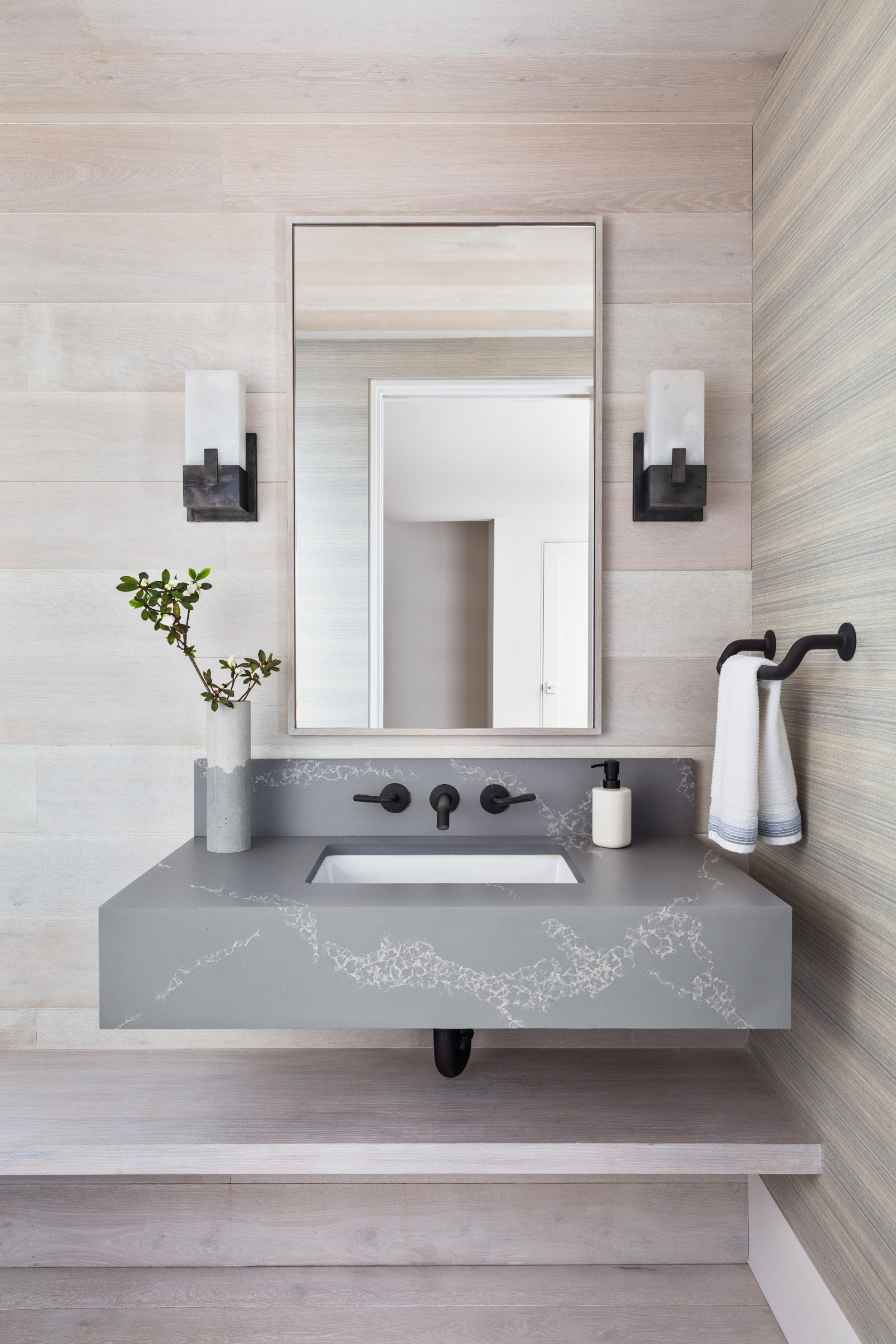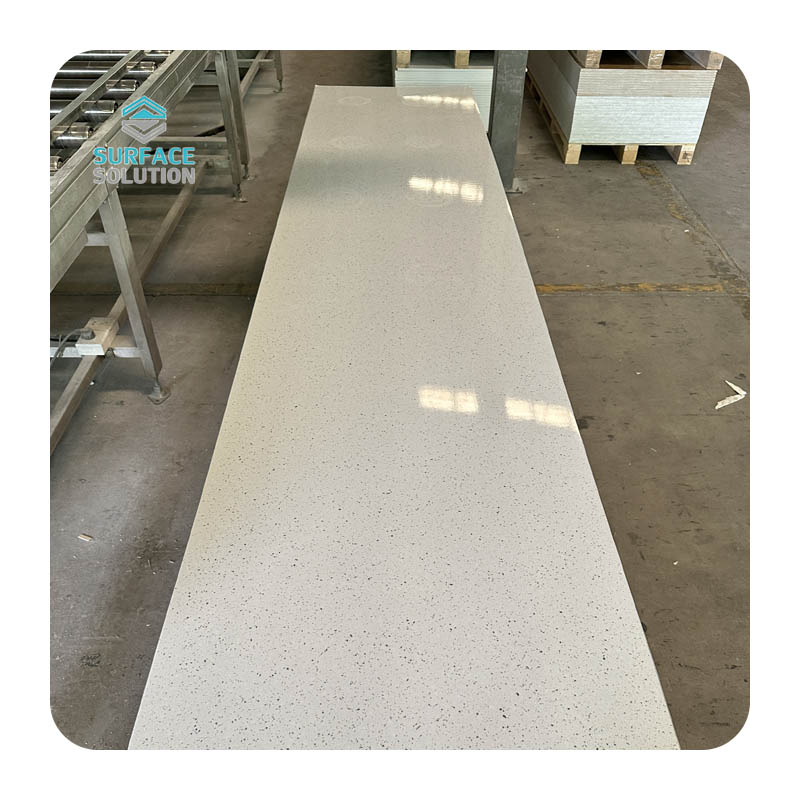
How To Choose The Perfect Acrylic Solid Surface for Your Bathroom

Bathrooms thrive in humid conditions, so moisture resistance is non-negotiable. Look for acrylic surfaces explicitly engineered for wet environments, with 100% non-porous formulations that prevent water absorption. Brands like LG HI-MACS® and Surface Solution offer products tested to withstand prolonged exposure to steam and splashes, reducing the risk of warping or discoloration. Additionally, opt for surfaces with built-in antimicrobial properties (check for ISO 22196 certification) to inhibit mold and bacteria growth—critical for areas around showers, tubs, and sinks.


Request physical samples to test against your bathroom’s lighting—colors can shift under LED vs. natural light.
Consult with installers about edge profiles: bullnose or eased edges work best for safety in wet areas.
Consider future trends: matte finishes and earthy tones are projected to remain popular in 2025, ensuring your bathroom stays timeless.
Related Blogs
-
 A Complete Guide to Solid Surface CountertopsSolid surface countertops are an increasingly popular choice for kitchens and bathrooms alike, thanks to their durability, versatility, and seamless aesthetic. This article dives deep into everything you need to know about solid surface countertops, inclu
A Complete Guide to Solid Surface CountertopsSolid surface countertops are an increasingly popular choice for kitchens and bathrooms alike, thanks to their durability, versatility, and seamless aesthetic. This article dives deep into everything you need to know about solid surface countertops, inclu -
 The bathroom, a space blending functionality and relaxation, demands materials that can withstand moisture, daily use, and aesthetic expectations. Solid surface stone—encompassing natural stones (like marble, granite, and limestone), engineered stone (such as quartz composites), and acrylic solid su
The bathroom, a space blending functionality and relaxation, demands materials that can withstand moisture, daily use, and aesthetic expectations. Solid surface stone—encompassing natural stones (like marble, granite, and limestone), engineered stone (such as quartz composites), and acrylic solid su -
 Selecting the right materials for a bathroom is crucial, as the space demands durability, water resistance, and easy maintenance—all while aligning with your design vision. Acrylic solid surface has emerged as a popular choice for bathroom vanities, shower surrounds, and countertops, thanks to its v
Selecting the right materials for a bathroom is crucial, as the space demands durability, water resistance, and easy maintenance—all while aligning with your design vision. Acrylic solid surface has emerged as a popular choice for bathroom vanities, shower surrounds, and countertops, thanks to its v -
 When it comes to choosing countertops for kitchens or bathrooms, two popular options often stand out: solid surface counters and granite. Each material has its unique set of advantages and disadvantages, making the decision dependent on specific needs, preferences, and lifestyle.Solid surface counte
When it comes to choosing countertops for kitchens or bathrooms, two popular options often stand out: solid surface counters and granite. Each material has its unique set of advantages and disadvantages, making the decision dependent on specific needs, preferences, and lifestyle.Solid surface counte

















